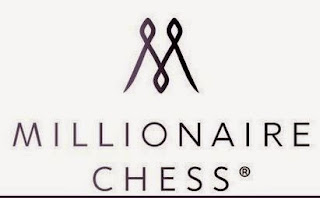A recent incident at the US Championships, when
GM Wesley So was defaulted by the arbiter for 'making notes', has highlighted the relevant FIDE rules and caused many people to ask what actually
is allowed.
Let's look at the wording of the relevant rules:
8.1b "The scoresheet shall be used only for recording the moves, the times of the clocks, offers of a draw, matters relating to a claim and other relevant data."
11.3a "During play the players are forbidden to use any notes, sources of information or advice, or analyse any game on another chessboard."
Wesley So had been previously warned by the arbiter about making notes on his scoresheet, so on this occasion he had a duplicate scoresheet underneath the official one on which he was seen writing some notes. It appears that these 'notes' were reminders to himself. In his Round 1 game, he had written, "Use your time you have a lot of it" at the bottom of his scoresheet. The note on his second round scoresheet read, "Sit down for the entire game. Never get up." These are the sort of messages that coaches would give to up-and-coming kids, not something that a Grandmaster would be expected to have to remind himself of! So was warned twice by the arbiter and told that a third instance would result in a default. It was in Round 9 that So used a duplicate scoresheet, under the official one, on which he wrote, "Double check and triple check" and "use your time." This resulted in So being defaulted for this game.
As has been pointed out on the unofficial ECForum, it does show up an unexpected hole in the drafting of the FIDE Laws, in that whilst "taking notes" on the scoresheet is outlawed, there appears no direct prohibition about making notes on a separate sheet.
Then there's the question of what is allowed. For example, can you circle or underline a move number (e.g. move 30 in the Suffolk League)? Can you put a dot after a move because you would like to check out this move on your computer when you get home? Certain things must (or must not) be done, for instance, recording offers of a draw with a (=) sign; recording the moves in algebraic format; not writing down your moves before you make them. The scoresheets supplied to players at the 4NCL show move 40 in bold type, which saves you the embarrassment of having to circle it and being defaulted for so doing!








